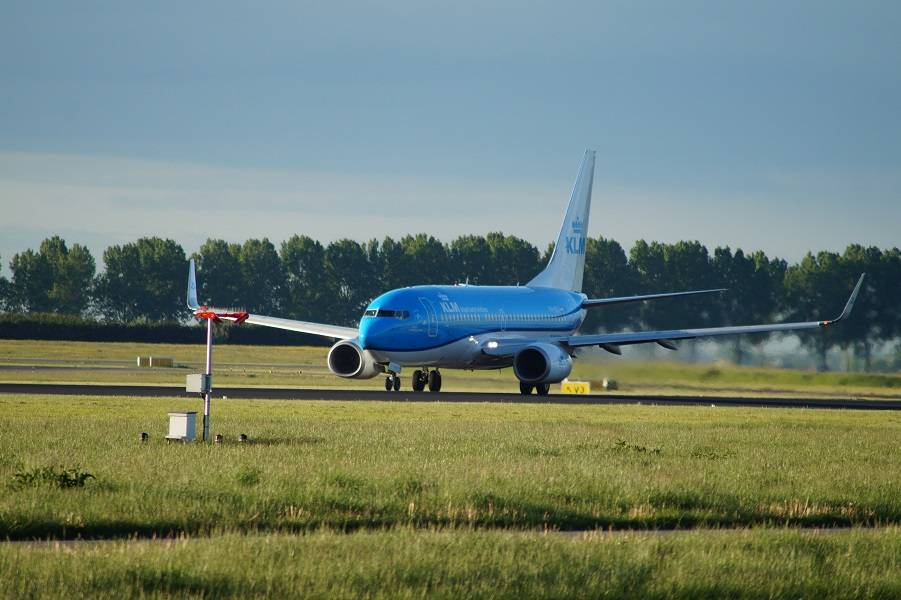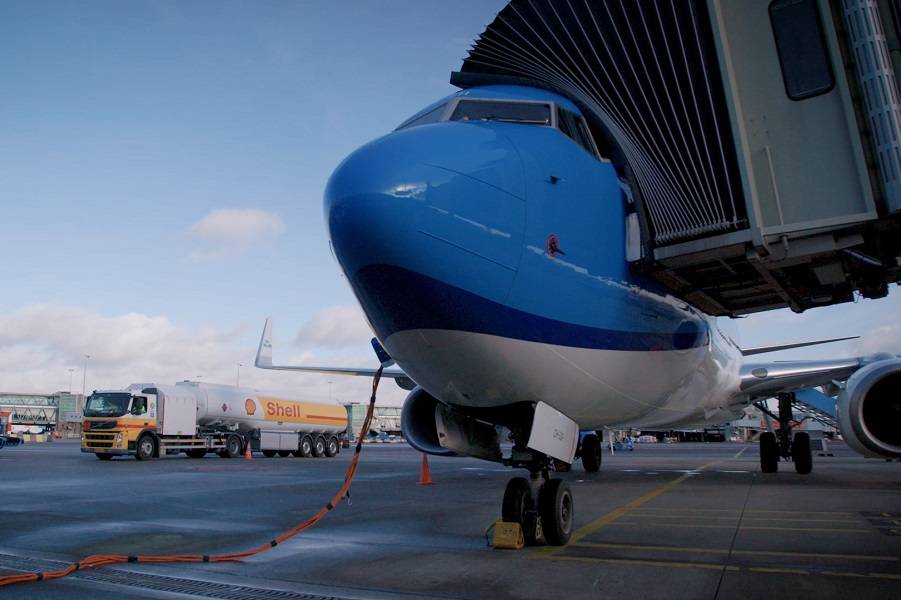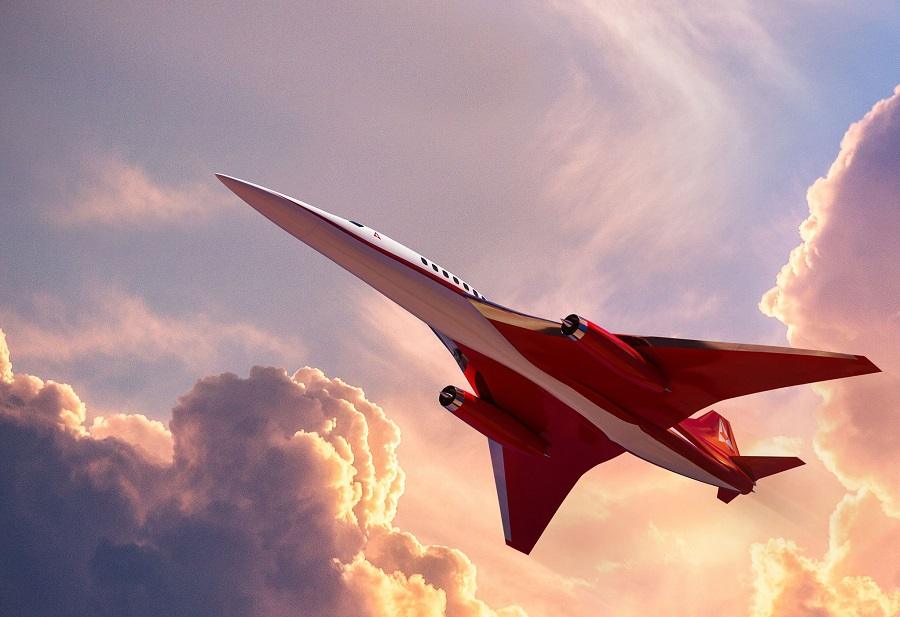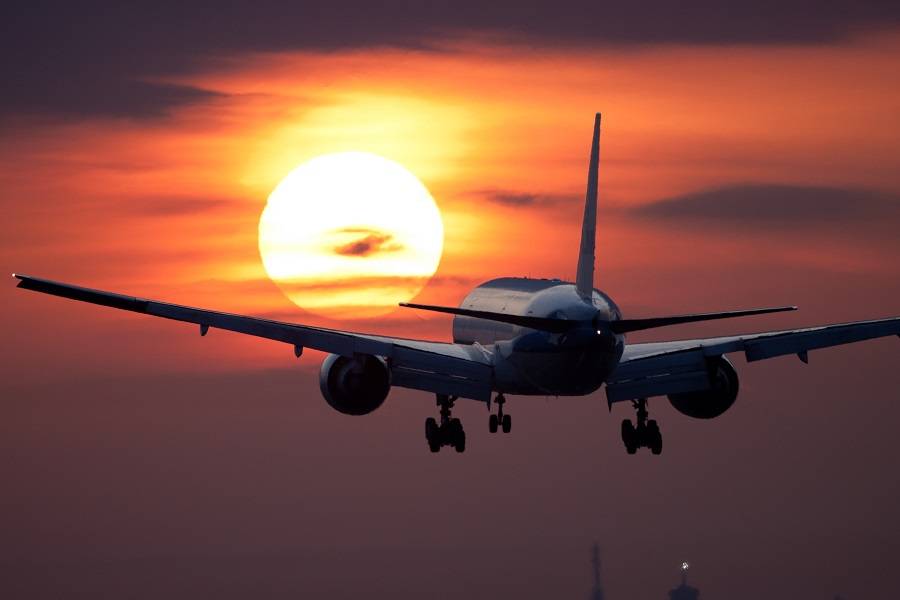Last week KLM announced that they performed the world’s first commercial flight using synthetic kerosene. The flight actually happened earlier.
KLM flew a Boeing 737-800 from Amsterdam to Madrid in January, that included synthetic kerosene. Specifically, the aircraft had 500 litres (132 US gallons) of the stuff. As a type of SAF (sustainable aviation fuel), commercial airlines can only use a 50-50% blend of this plus regular jet fuel. But this is something that the airlines and manufacturers would like to change. In this instance, Royal Dutch Shell created and provided the synthetic kerosene for the flight.

You may be wondering if this really is a first. After all, we wrote recently how Boeing wants to make its entire fleet compatible with 100% SAF, by 2030. And that airlines like JAL and Virgin first flew flights with SAF over ten years ago! KLM themselves have flown with 50-50% blends of JET-A and SAF – from cooking oil. So we need to clarify some terms like KLM’s synthetic kerosene, SAF and biofuel.
Some Rather Important Terminology
As its name implies, biofuel is fuel made from organic raw materials. Of course you could argue that regular petrochemicals also come from once-organic materials. But now we’re getting pedantic. Or maybe we’re not! Actually this is more or less why KLM now uses the terms SAF and synthetic kerosene. Just because something comes from organic raw materials, doesn’t mean it’s sustainable.

But SAF and synthetic kerosene aren’t interchangeable. Sustainable Aviation Fuel comes from sustainable organic raw materials, like waste products from animal feed, etc. Or, SAF could be synthetic kerosene, as KLM just tried. The word ‘synthetic’ shows that process to make it, doesn’t involve organic materials. And crucially, synthetic kerosene isn’t always sustainable, either.
We briefly discussed synthetic kerosene, just as KLM used, when we recently saw the Aerion AS2. This is a future corporate jet, that aspires to fly supersonic without generating an audible sonic boom. And since high-speed flight is energy-intensive, Aerion decided to promote a sustainable image, and use synthetic kerosene. To this end, they partnered with a company called Carbon Engineering.

For their synthetic kerosene, KLM ‘shopped locally’, from Royal Dutch Shell. Shell explain that the real challenge with this technology, as with other SAF types of fuels, is to industrialize it. And they believe that they are well-placed to do that. Part of that process is to ensure that the resulting fuel really is sustainable. And this is a multi-step process.
Sourcing KLM’s Synthetic Kerosene
To make synthetic kerosene for KLM, Shell starts with carbon dioxide in the atmosphere, and water. After several processes, they combine into aviation fuel. To make it sustainable, solar or wind power is necessary. The process separates water into oxygen and hydrogen. Combined with carbon, it creates first a gas, then a kind of wax (‘keros’ in ‘kerosene’ means wax!) and finally liquid hydrocarbons. And fuel.

Using blue (industrial) or green hydrogen matters. Where the carbon comes from, also matters. Shell sourced carbon that would otherwise escape from its petrochemical processing facilities. Future sources could include other industrial emitters of CO2, or it could involve atmospheric carbon capture. The latter is what Aerion hopes to use.
Of course there is a long way to go. The 500 litres of synthetic kerosene that KLM used in that flight, are just 5% of what a 737-800 really needs, to get from Amsterdam to Madrid. Shell and KLM of course know this. The targets for switching to fully-sustainable fuels are long-term. But we are certainly seeing more and more airlines and manufacturers, and now fuel refiners, that are working the problem.




2 comments
Dale Ferrier
I have had the opinion for a long time that albeit battery power might be suitable in some years for very small commuter aircraft, the airframes we see flying now are going to need to use hydrocarbons (down to their energy density and storage/pumping methods). We may see pure hydrogen, but the technical hurdles at the moment are simply huge.
The key is how those hydrocarbons are produced. I don’t think one solution will become the only source. I think we may likely see a mixture of sources from bio-fuel and synthetic.
I agree with Shell that the challenge now is more how to mass produce these fuels in volumes that can replace the current kerosene demand (and avgas at that).
[email protected]
Are there any current research projects looking at synthetic methane as an aviation fuel?